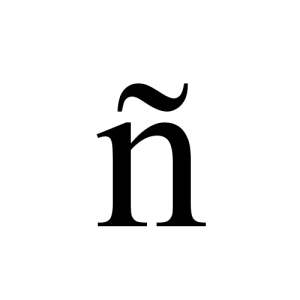Prescribe and proscribe differ by one letter, but their meanings are much further apart. Prescribe comes up the most at the doctor’s office, but more broadly, “to prescribe” means “to officially tell someone to use (a medicine, therapy, diet, etc.) as a remedy or treatment; to make (something) and an official rule.” It’s not just about medicine. “To proscribe,” on the other hand, means “to condemn or forbid as harmful or unlawful.” Proscribe lives right next to prohibit in my mind.
Journalist Steven Erlanger used the contrast between the two words to nice effect in a May 2014 article about syllabus requirements in the United Kingdom: “The government does not prescribe — or proscribe — any particular work.” I keep prescribe and proscribe straight by remembering that prescribing is all about something you should do (like follow a doctor’s orders), while proscribing is all about the things you shouldn’t do (like ignore that sage medical advice).
